HADZA – life without rules
Living in modern society, we’re used to (or forced to) living by the laws, rules and codes of behaviour. We can’t imagine that it could ever be otherwise even though we’re often annoyed by all the demands and orders. Standards and regulations limit us and rules conventions stifle us. Not taking them seriously in the best case scenario leads to a loss of respect and trust and often social exclusion. In the most radical cases it can end in a fine or imprisonment. Luckily there are places where people live according to completely different rules, and actually with a complete lack thereof (I’m already starting to like it). It sounds promising. So we head to northern Tanzania, not far from Lake Eyasi. Five days from the nearest asphalt road, among the baobabs, acacias and rocky cliffs, we should find the first Hadza tribe. They don’t know the value of money or the idea of property at all. Their language doesn’t know numbers higher than 4, they also ignore time, day and month. The Hadza are free of the majority of social obligations, rules and religious structures. Free of any worries.
At the beginning of the 19th century, the first researchers visiting the Hadza weren’t able to establish whether they followed any religion. Often the Hadza themselves when asked how many gods they have would reply, after thinking for a moment, that they weren’t sure. Only recently the view has become prevalent that the Hadza’s behaviour indicates adherence to some religion. The most primitive of all those known so far. Without priests, shamans, deities or saints. Without belief in life after death. Without any of the complicated beliefs known to us from Christianity or Islam. The sun is their only god-man and the moon is the woman, the stars are their kids. The Hadza believe that they appeared on earth riding on the neck of a giraffe, or from a baobab tree. Sounds funny? They would also laugh if they heard that we came from a grain of earth and our women from our ribs.
Until recently the Hadza still left the bodies of their dead out to feed the animals or burnt them along with the hut they lived in. Only recently, because of actions by the government which disapproved of this type of “funeral”, the Hadza bury their dead in shallow holes dug out with wooden sticks. Then the body is covered with earth and water is poured over it, when drying this creates a hard shell protecting it from hyenas. Unfortunately in terms of studies, the attempts by the Tanzanian government haven’t been successful. Hadza children don’t go to school. In turn, they refuse, saying that they won’t learn to hunt then and that’s the only way they can survive.
Our first contact with the Hadza already confirms that their traditional lifestyle hasn’t changed much in hundreds of thousands of years. We get there right at lunch, during which the Hadza are eating a real delicacy – baboon. It’s easiest to catch one at night, lurking near a small watering hole where the thirsty animal has to eventually go. This strategy is as interesting as it is dangerous, because lions often use this same strategy.
The Hadza don’t conserve or store meat, right after killing it they throw it directly on the fire, without any grill or pan. Then using a knife, with skilful movements they separate the meat from the bone and then enjoy the greatest delicacy ‒ the animal’s head. You can see they really like it. They scrupulously nibble the leftover meat covering the skull and delicately unearth the brain. Finger-licking good you might say. So much that they actually lick their fingers. The Hadza eat everything down to the last bite and don’t stockpile anything. When they used to hunt elephants (when there used to be some) instead of dragging the dead animal to their camp, they would often prefer to move the camp to it.
After the meal, like Piotrek, they like to smoke. Most often cannabis, what we know as marijuana. The Hadza without fail carry not just a bow, but also a stone pipe. Smoked in the traditional method, with fire obtained by energetically twirling a wooden stick. The method of smoking itself is also unusual. The Hadza inhale many times, without exhaling smoke at all, until they start to cough. At first they cough lightly, then more often and violently. They only give the pipe to the next person when they can’t control the coughing at all.
Beauty and pain – forgers of fate
The Datoga are the nearby neighbours of the Hadza. But unlike the Hadza, they keep animals instead of hunting them. Mainly for milk, which is a valuable source of protein, vitamins and minerals. Animals are very rarely kept for just meat and are usually only killed when they’re sick or old. From day to day both tribes live in harmony with each other, carrying out mutual trade. The tobacco, corn and millet cultivated by the Datoga for raw meat, hides and honey. The Datoga are also smiths who have perfected the technique of producing tools, knives and arrowheads from various metal scraps.
As usual, the women are distinguished by their original costume. Necklaces of beads, gold bands on their arms and legs and large metal rings in their ears. But the main and most enduring decoration for Datoga women, resembling an infinity symbol, are the dotted tattoos around their eyes. The Datoga live in harmony and respect (but also fear) of their ancestors. Despite the strong influences of Christianity and missionary activity, they are still loyal to Animism.
After visiting the Hadza and Datoga, we decide to relax a bit and for a change, visit wild animals instead of wild people. Because this report is dedicated to the photographic mission, you can find the animals we “hunted” in a separate part HERE.
KENYA
In Kenya, the number one thing every tourist has to see – besides wild animals – is a Maasai village. The Maasai were quick to see the potential in tourists and made their curiosity their main source of income. For 30 dollars advance payment, they treat tourists to stories of exceptional gallantry and courage, let them enter their huts and in parting, demonstrate Maasai dance. As a result, it’s hard now to see Maasai living traditionally. Driving through Kenya many times we stopped near Maasai villages. In one of them we saw a group of dancing Maasai. In front of us there was a group of white tourists and next to them two luxury Land Cruisers. After a while one of the natives comes up to us, nodding at the busy dancers, in fluent English tells us we have to wait our turn. He’s even got a mobile phone. We politely refuse, citing lack of time and we leave. We prefer to see something authentic.
Much more interesting, and mainly more natural, is the pastoral Samburu tribe, much farther away from the tourist trails. They believe in one higher god, Nkai, who created the world to meet the needs of shepherds. Their distinctive mark is their huge, exquisitely made necklaces. Especially the women’s, which consist of dozens of connected strings with hundreds of tiny colourful beads. They deftly weave around the women’s shapely bodies, starting from tiny circles weaving around their slender necks, and ending in nearly a metre of strings covering their whole chest. The most spectacular necklaces weigh well over a kilogram. The whole image is topped off by a band on their heads that resembles a crown, with another dose of tiny, shining mirrors, beads and shells. The Samburu women should be the national treasure of Kenya.
We don’t stop for photo sessions in Ethiopia and Sudan. I already spent almost 2 months in Ethiopia recently where I made quite a large collection of photos in the Omo Valley. And in Sudan, there’s a war. We don’t stop anywhere else, we go straight to Egypt, through the Nubian Desert.
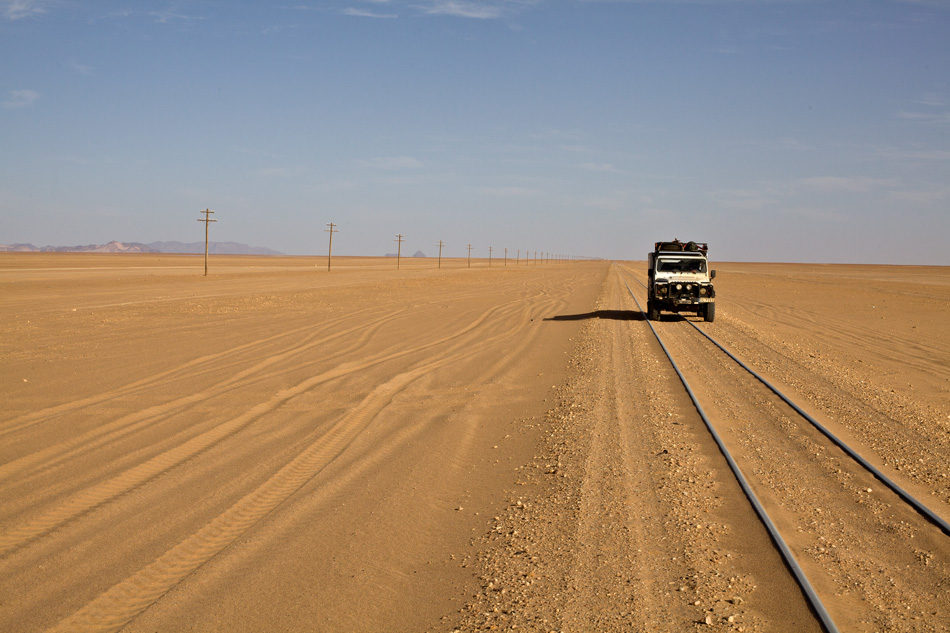
The Nubian Desert. 370 km to cross. This really isn’t the right wheel base, but sometimes it’s easier to rattle along the tracks than sink into the sand.
In Egypt we try to find the best way to get to Europe. We stay a few days in Cairo, considering various alternatives. West via Tunisia and Libya is a bit risky since there are bloody battles in the latter country. In the east is Syria, even worse. And from Egypt, since Mubarak was overthrown the situation hasn’t improved enough for ships to travel regularly across the Mediterranean. The situation seems to be at a deadlock. We wait several days, we’ve just about decided on going through Libya. Unfortunately, we get a definite refusal from the Polish embassy which doesn’t want to give us the recommendation letter necessary for applying for a Libyan visa. From other travellers, foreigners, we hear that they had absolutely no problems getting these papers at their embassies. Maybe it’s time to change citizenship! At the same time, we make contact with a group of travellers who want to cross through Libya. They have another idea about getting there. They’re using a Libyan agent who can arrange the visa for them without any additional formalities or recommendation letters. Ok, maybe. We send them our details in the meantime and wait for more information. But at the last minute I read on the internet that a Turkish shipping company is starting cargo connections between Egypt and Turkey. A feverish search for a local representative of this carrier and uncertainty as to whether they’d be able to take us lead us to the sea port of Said. From there it goes well, of course by Egyptian standards. The paperwork for transporting the vehicle by ship takes almost a week.
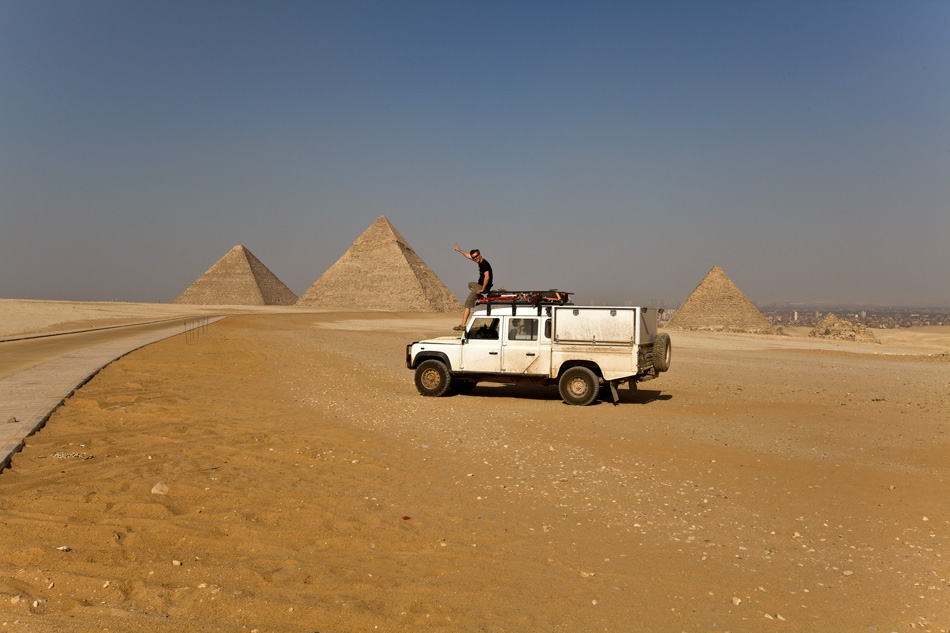
When I was here for the first time over 16 years ago, it never occurred to me that I would return here on my own four wheels.
The End
The majority of the tribes we visited are less and less effectively holding off the influences of civilisation which is sneakily, increasingly aggressively and intensively encroaching into their homes. It influences the natives’ religion, cultivation of traditions, beliefs. By taking the photographs of the tribes we visited I’m trying to save them from being forgotten. I wanted to in some way prolong their existence, although I realise that it’s most likely too late.
Additionally, it turns out that despite the simple life, underdevelopment and poverty the Animist tribes live in, the conflict of some of their beliefs with ours, Christian or Islamic, doesn’t mean that they are more primitive. Both our cultures believe things that the other would find strange or funny. Or indeed primitive.
Our African adventure is slowly coming to an end. It taught us independence, endurance and planning. It gave us some courage and self confidence. Sometimes it exposed us to greater and smaller risks, explosions,
the attempted attack, shooting. There’s so much more to say, it’s enough that to this day the sound of a burst tyre or balloon automatically raises my blood pressure and adrenaline level. But thanks to all these adventures, we felt what it was like to really live. It was worth it. It was truly the adventure of a lifetime. I’m already thinking about how to do it again…
P.S. All pictures that have me in them and aren’t credited with a name were taken by Piotr Cieplik, my travel companion. Special for you as thanks for the help:





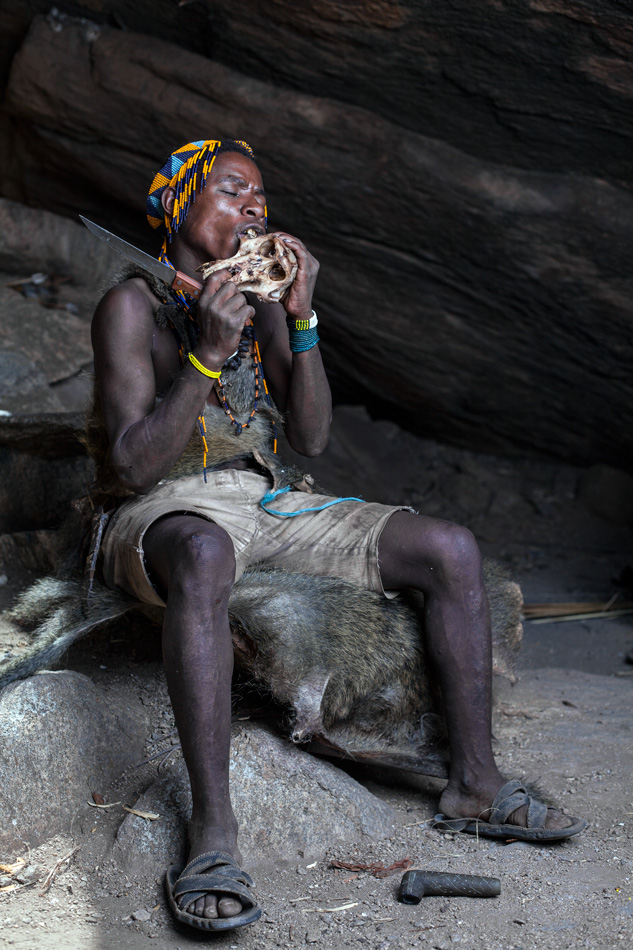
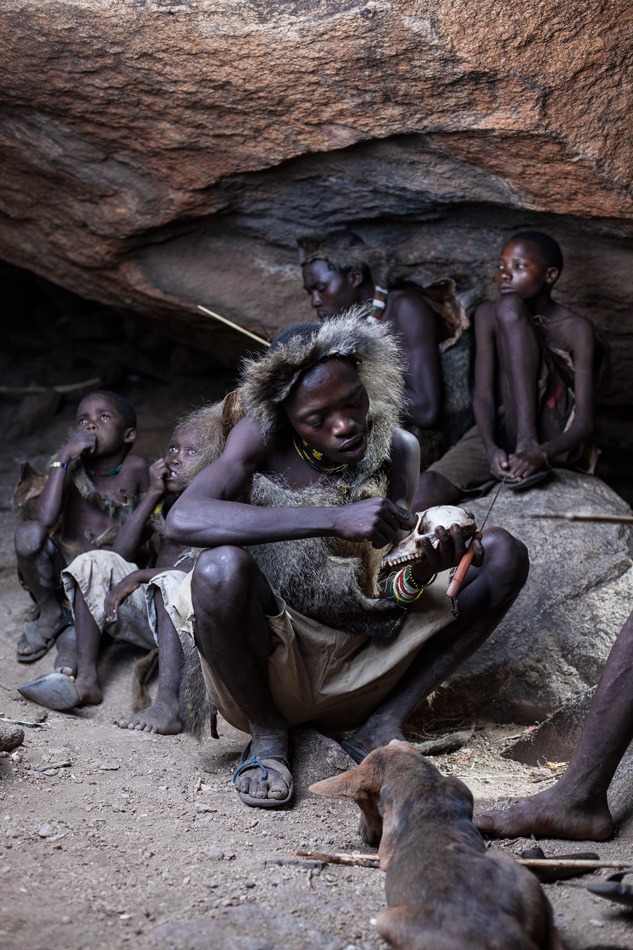
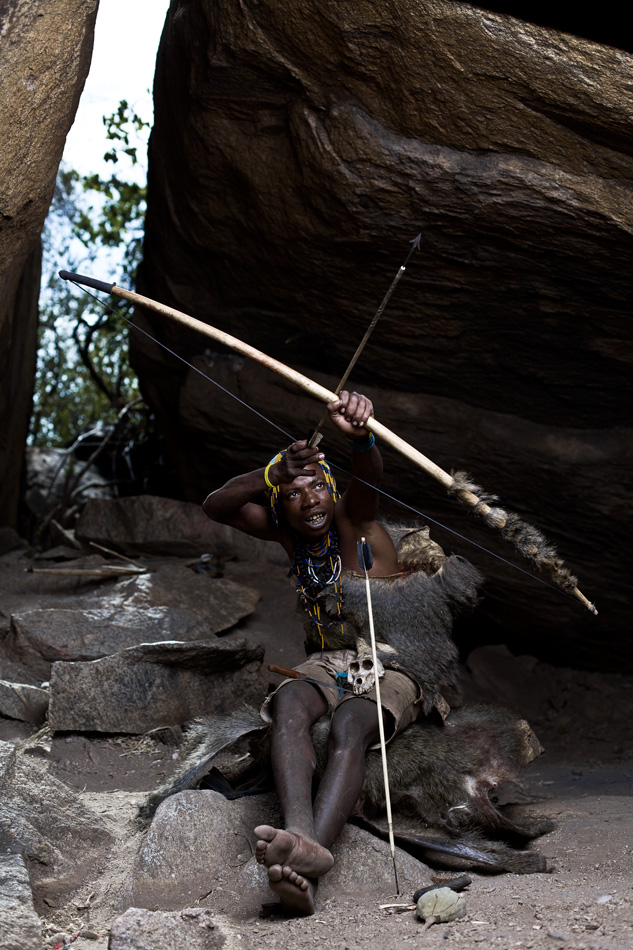
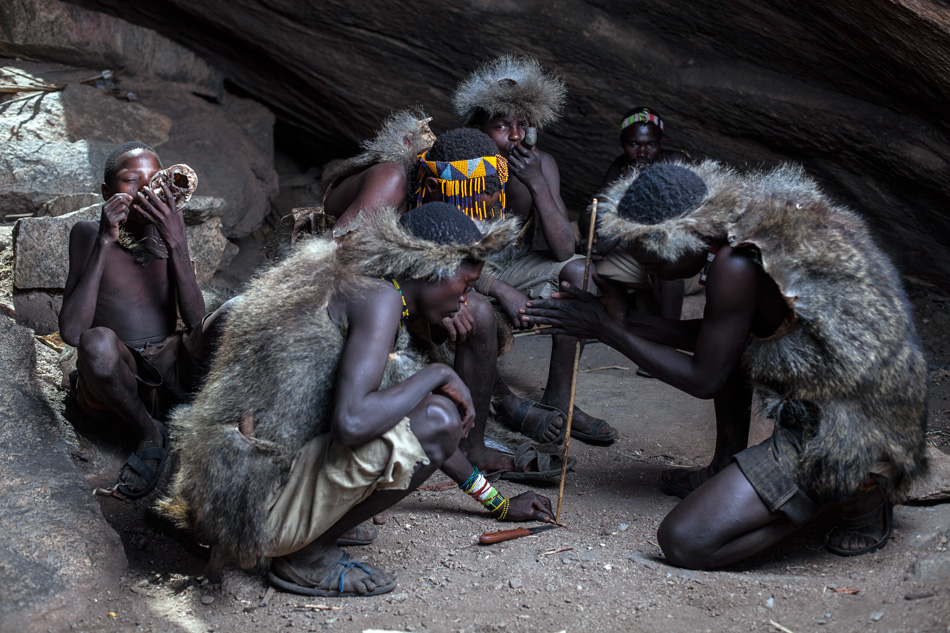
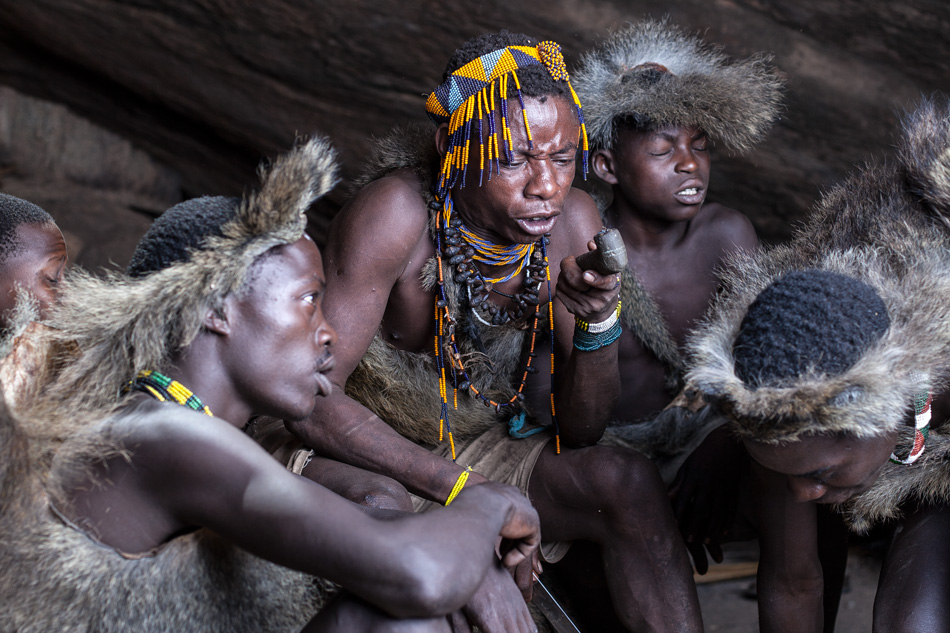
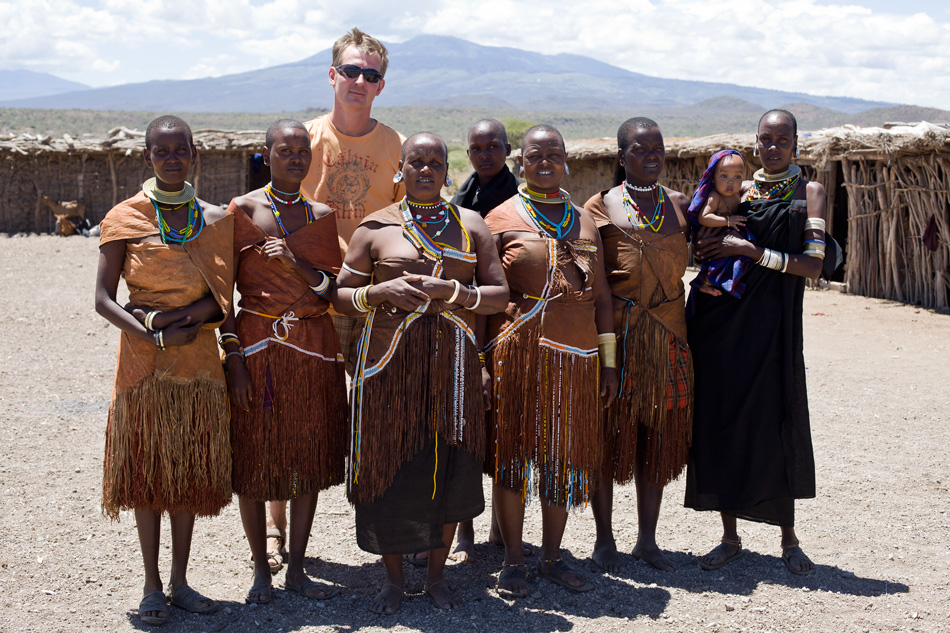

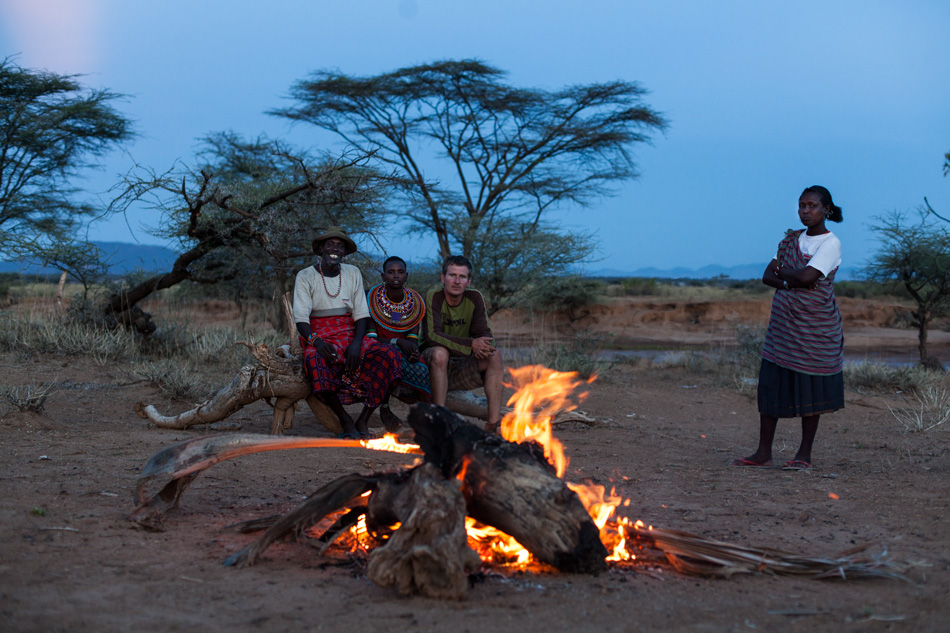
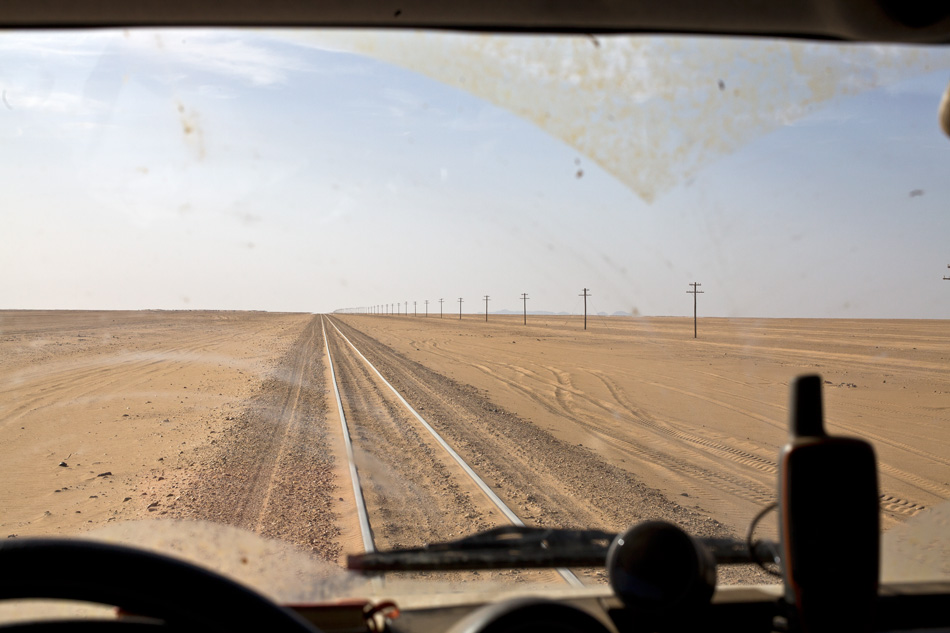
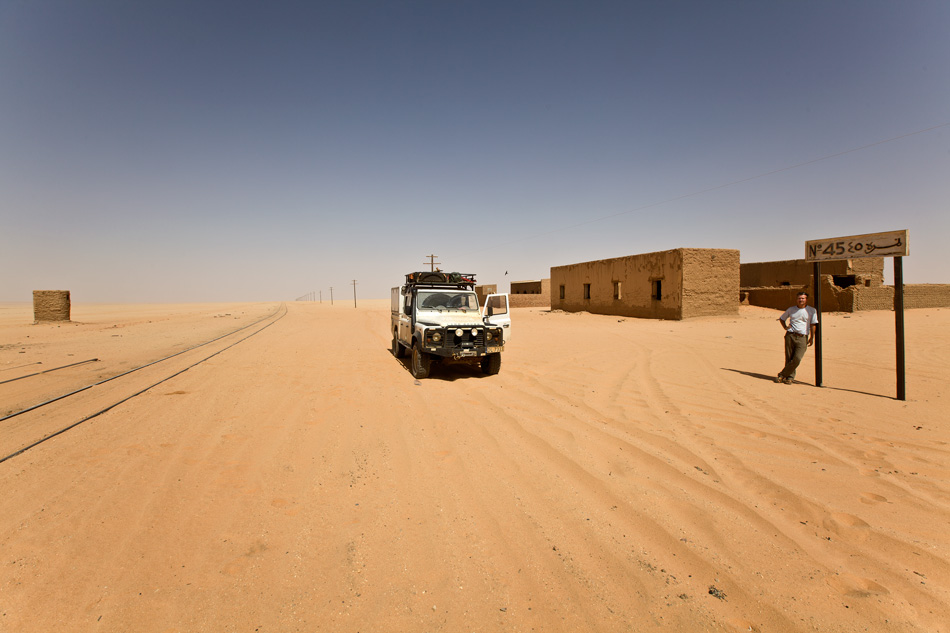

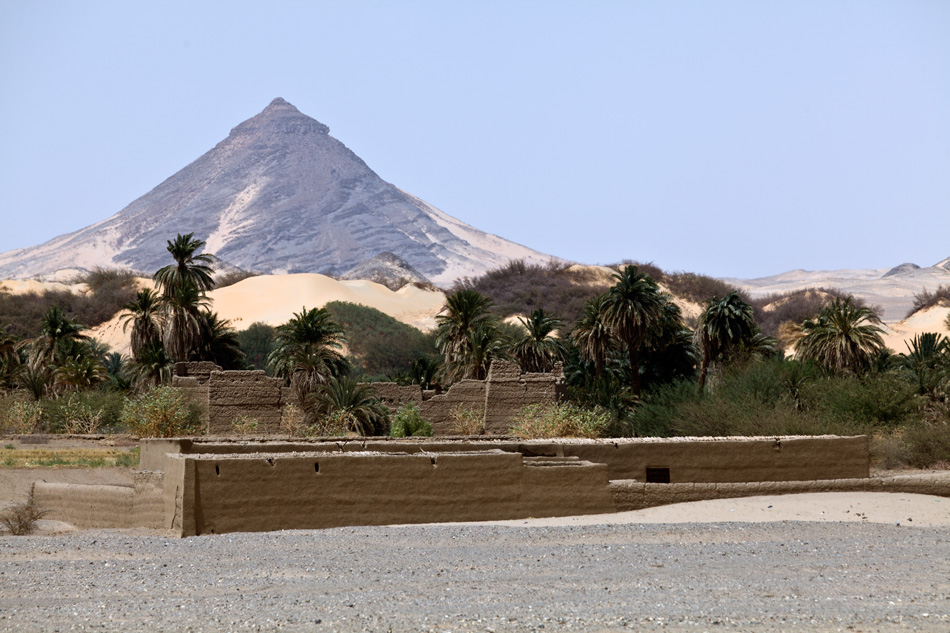
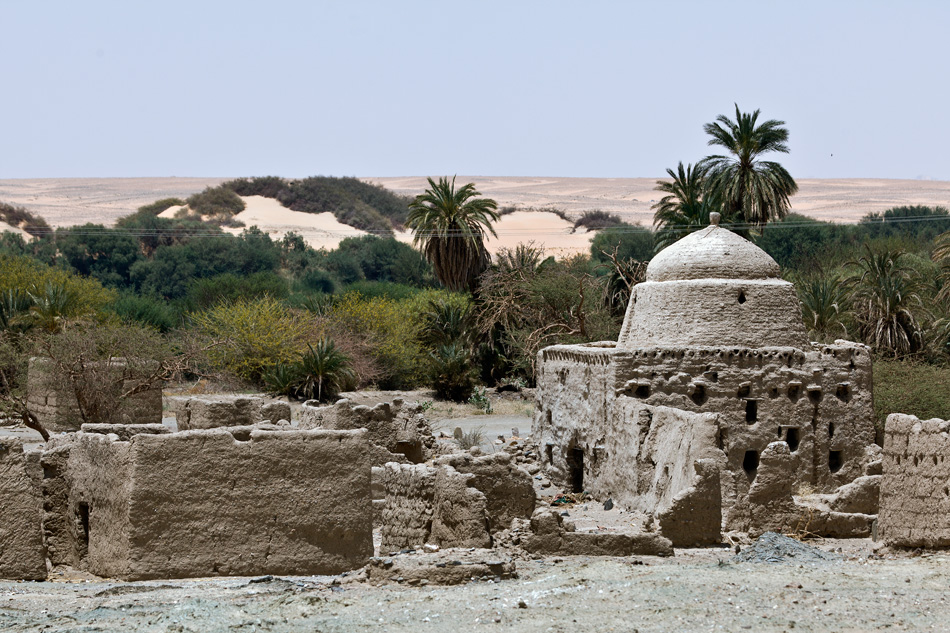
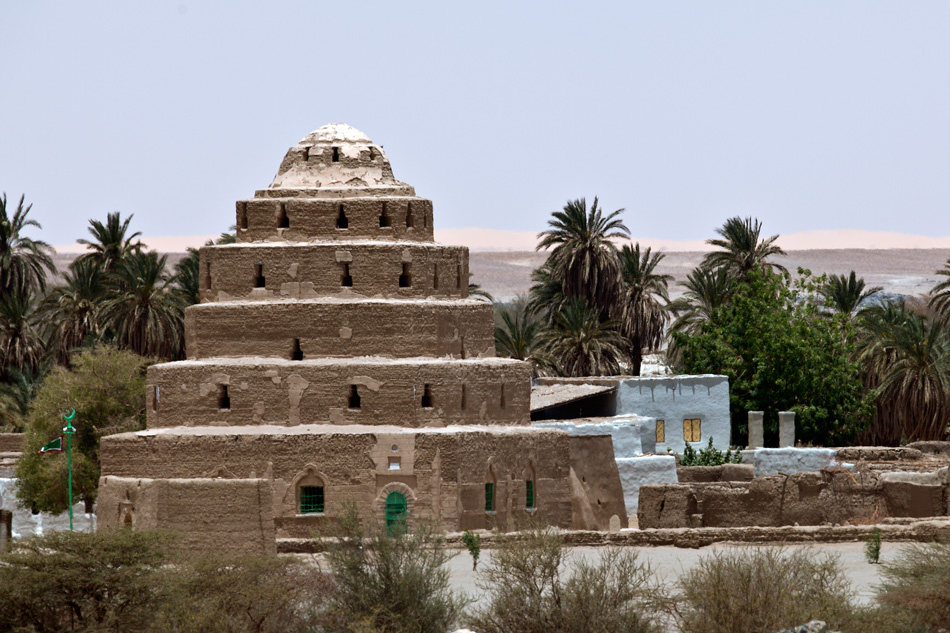
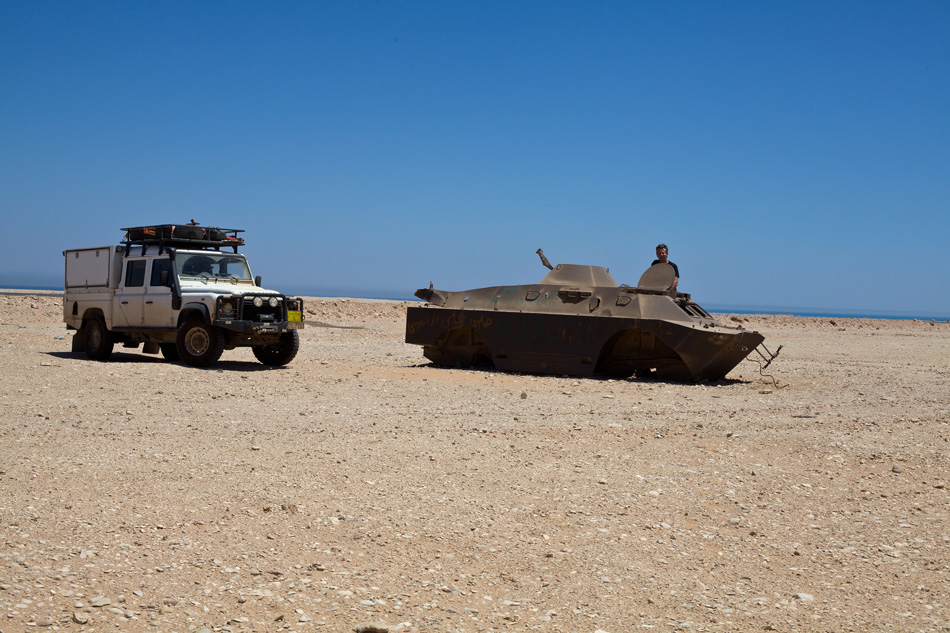
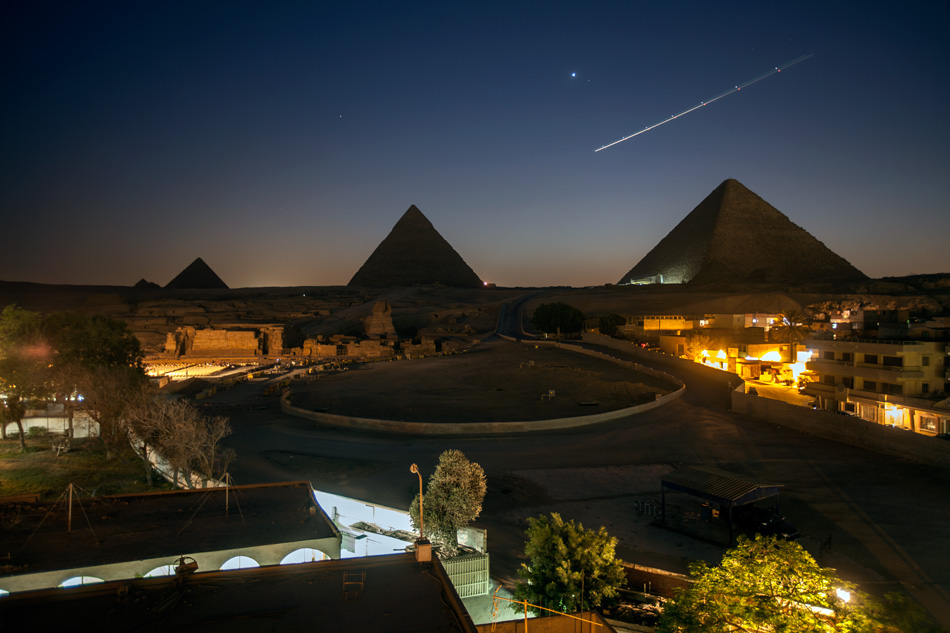
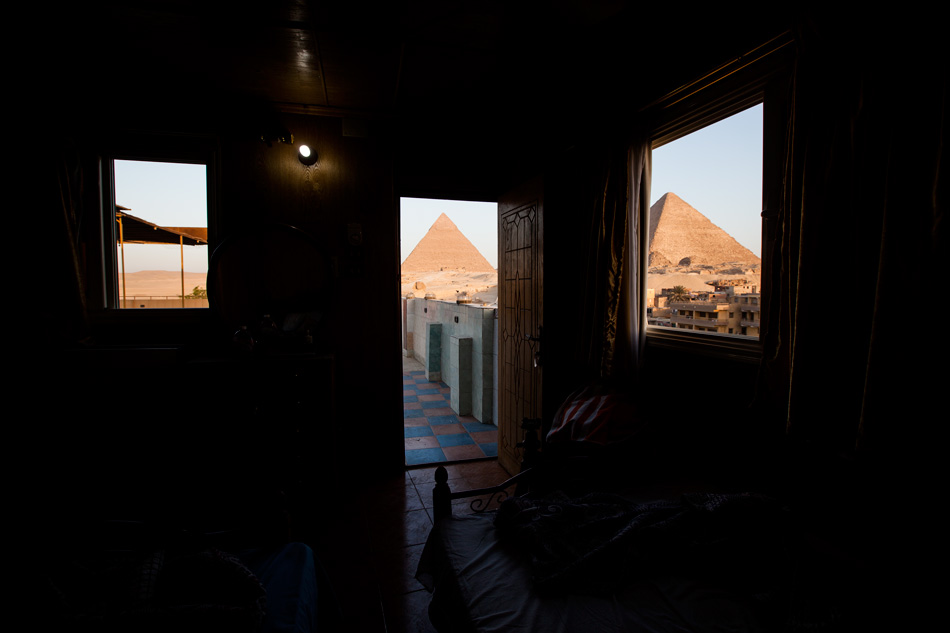

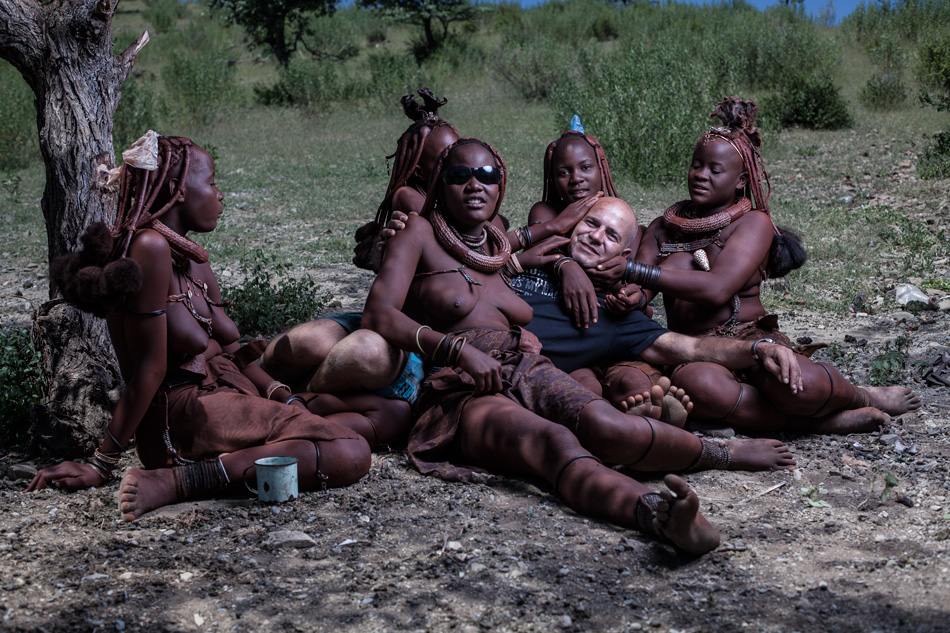
You are awsome!